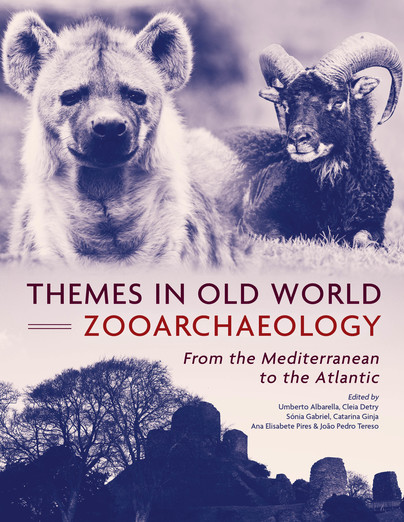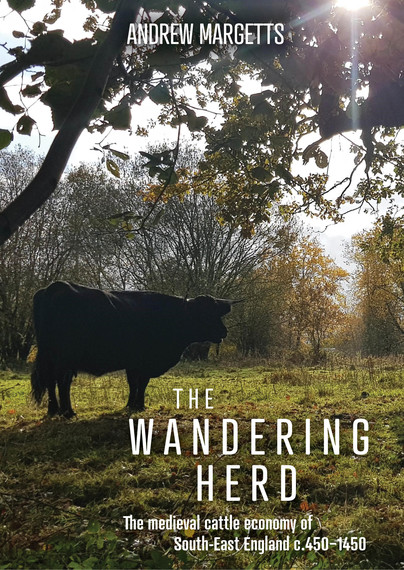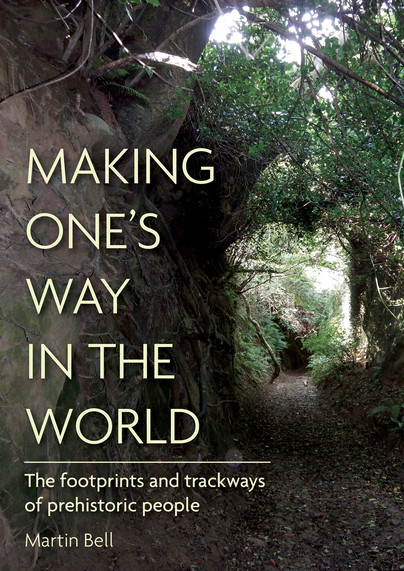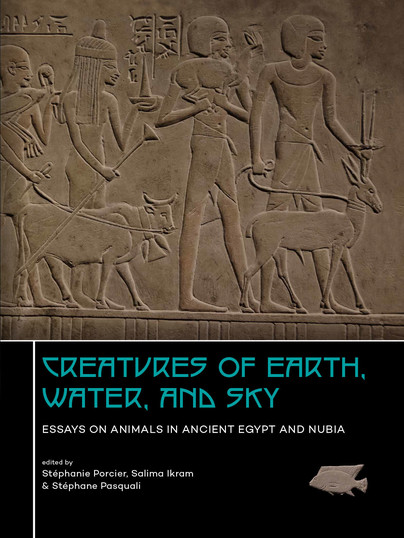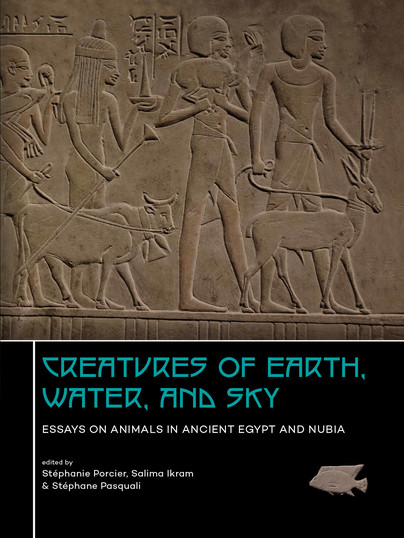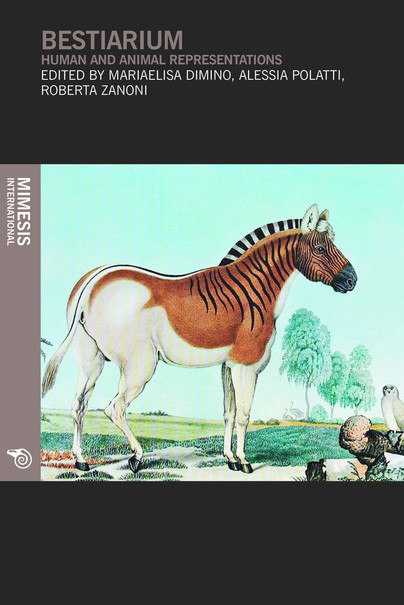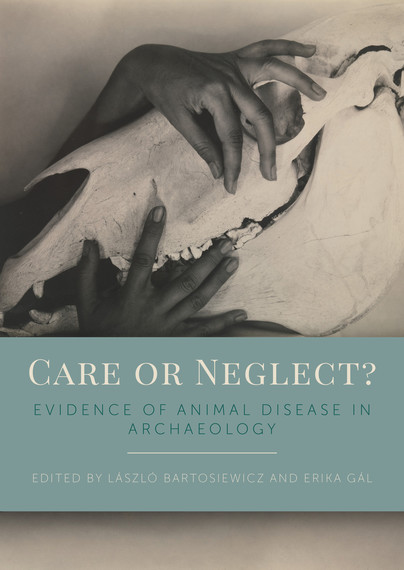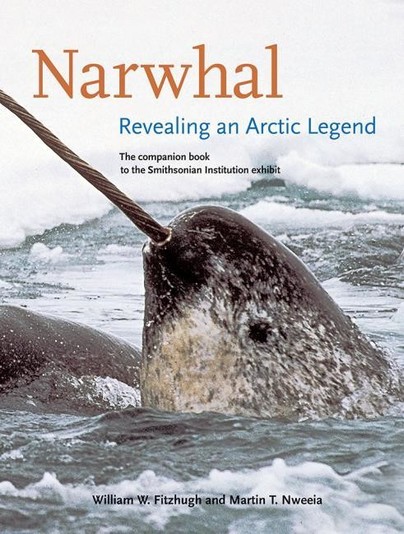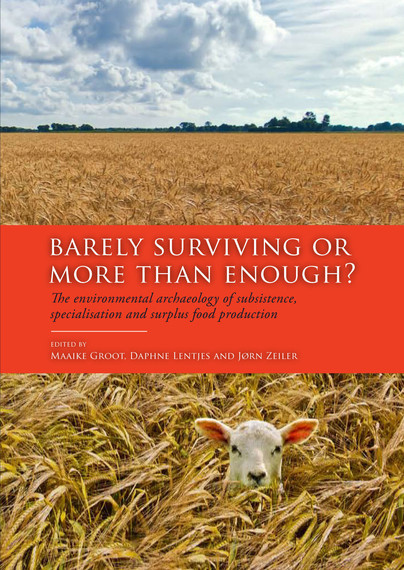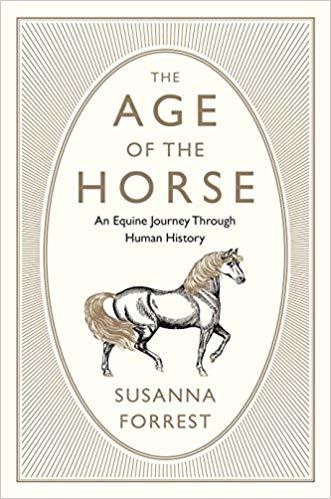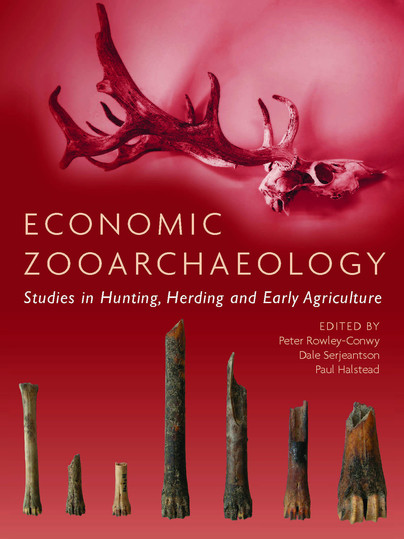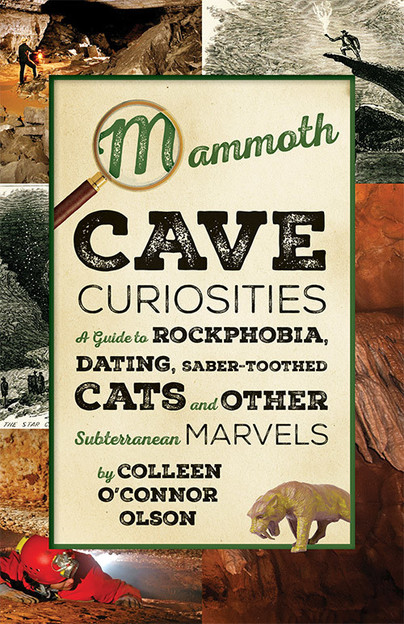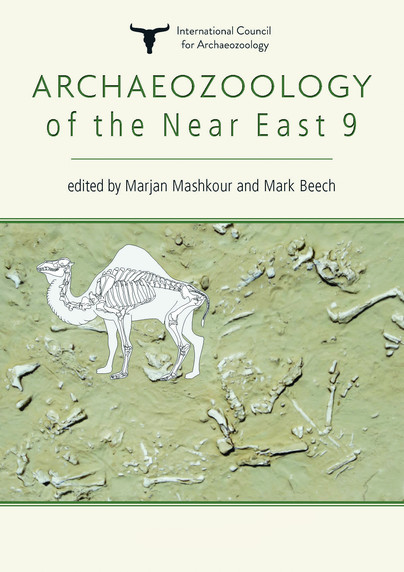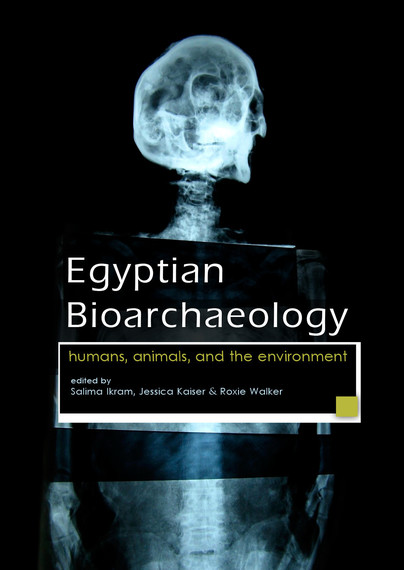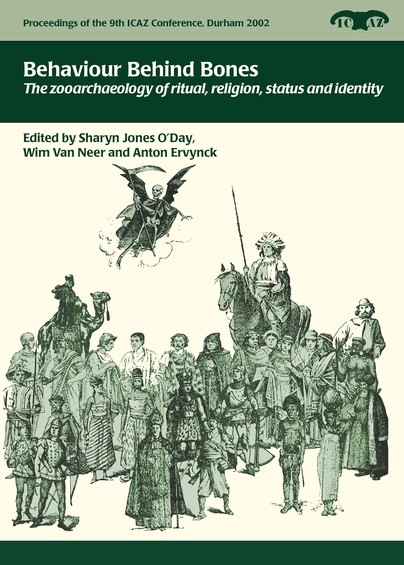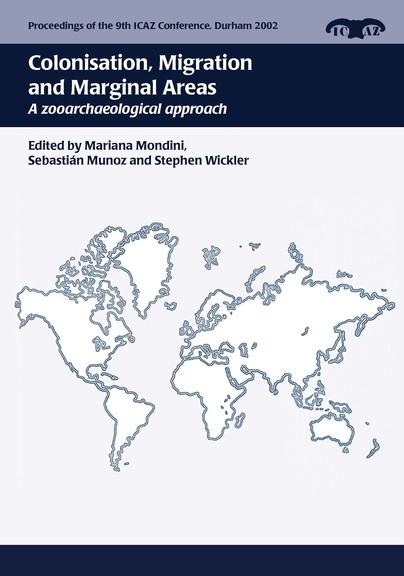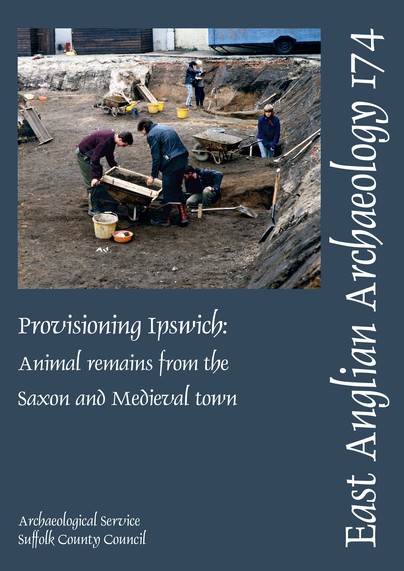
Format: Paperback
Pages: 76
ISBN: 9780956874764
Pub Date: 10 Apr 2021
Imprint: East Anglian Archaeology
Series: East Anglian Archaeology Monograph
Illustrations: 37
Description:
This volume presents the results of the zooarchaeological analysis of animal bones that were recovered from sixteen sites in Ipswich between 1974 and 1988. The focus of the study is on the animal bones from Middle Saxon (700-850/880), Early Late Saxon (850/880-920), Middle Late Saxon (920-1000) and Early Medieval (1000-1150) sites that were part of the Origins of Ipswich project.The faunal assemblages from all four periods were composed primarily of cattle, caprines (sheep and goats), pigs, and domestic chickens.

